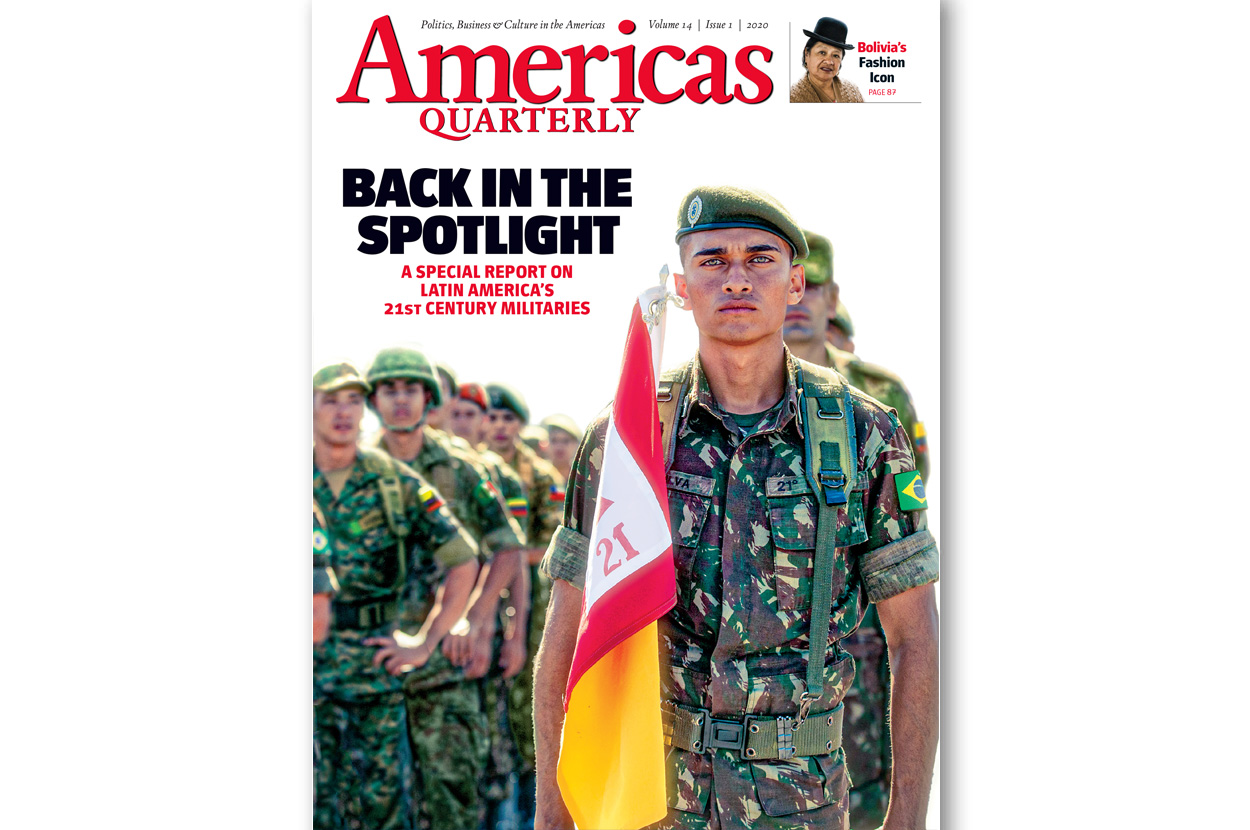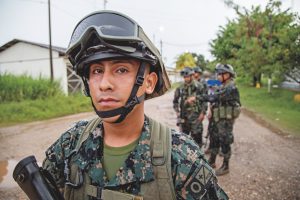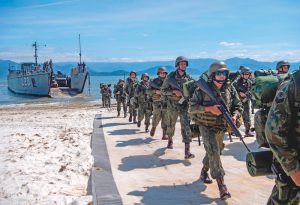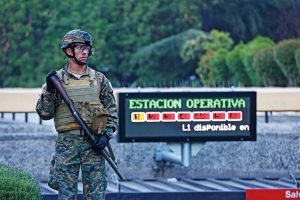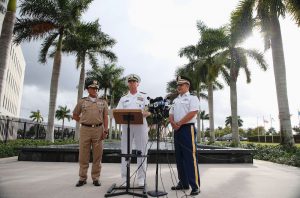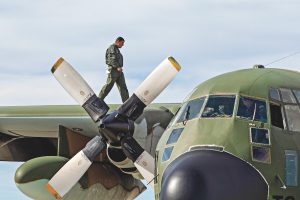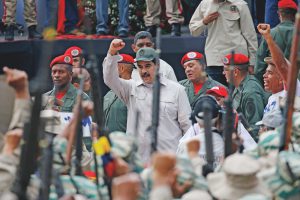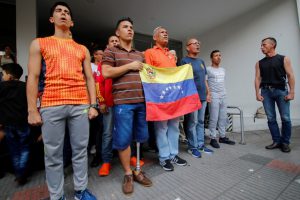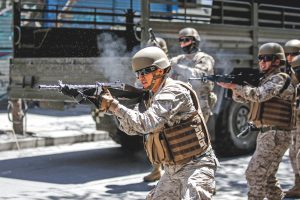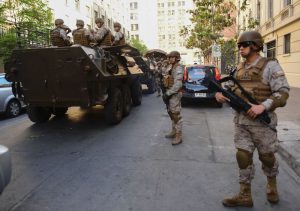This article is adapted from AQ’s special report on Latin America’s armed forces. | Leer en español | Ler em português
In 1913, the Brazilian military journal A Defesa Nacional spelled out a philosophy that would define much of the 20th century in Latin America: “The Army needs to prepare itself for its conservative and stabilizing role amid the social changes in progress. It should be ready to correct internal disturbances, so frequent in the tumultuous life of developing societies.”
More than a century later, much has changed. Thankfully, more than 90% of Latin America’s citizens live today in civilian-run democracies. But at a time of spreading social unrest, stagnant economies and unpopular governments, several of the region’s militaries are again assuming a more visible role in domestic security and politics. It’s important to ask what their role will be in the 21st century — and whether painful lessons are being forgotten.
As street protests spread across the region in late 2019, presidents in Chile, Peru and Ecuador went on television surrounded by uniformed troops to show they were still in charge. Brazil’s president, himself a former Army paratrooper, has filled much of his government (including around a third of his cabinet) with active-duty or retired soldiers. Mexico’s president has turned to the military to lead and staff the new National Guard.
Not all of this is cause for alarm. Polls show the military is among the region’s most respected institutions, and turning to them for staffing and security makes sense in some cases. Military leaders across the region consistently say — in private and public — they have zero interest in retaking the kind of power they had in the 1960s and 70s, when most of the region’s governments were dictatorships. This is in part because many remember the ignominy and disgrace that followed their human rights abuses and economic mismanagement during that period.
But in an era when so many things seem to be moving backwards, there are clear reasons for concern. Support for democracy has sagged to historic lows in many countries, polls show. One reason for the intense debate over the Bolivian military’s role in Evo Morales’ departure, and whether it constituted a “coup,” is precisely because of fears it could establish a precedent elsewhere. Brutal crackdowns on protests in Chile and Colombia suggest militaries have evolved less than many thought.
This special issue is an attempt to assess where Latin America’s militaries stand in the 21st century — what they want, who is in charge, and how much they’ve truly changed. As the old expression goes: History doesn’t repeat itself, but it does sometimes rhyme.


